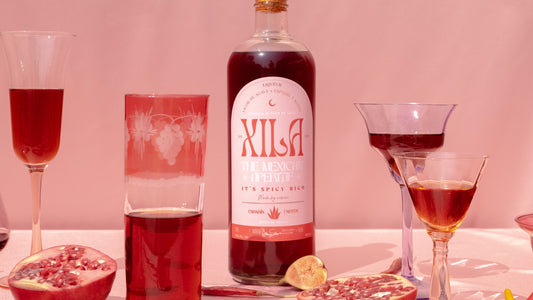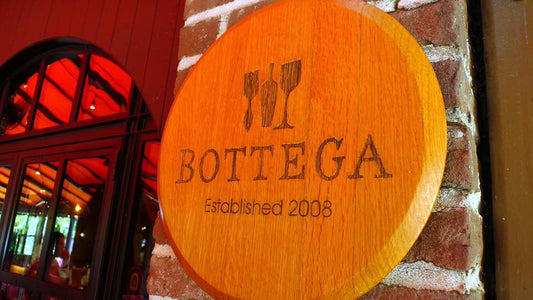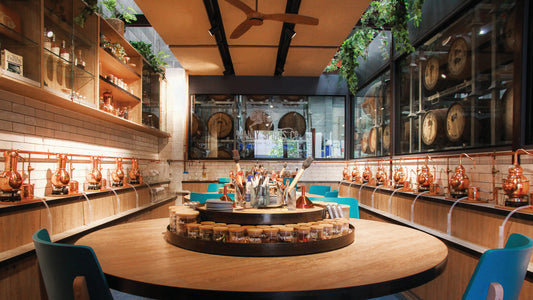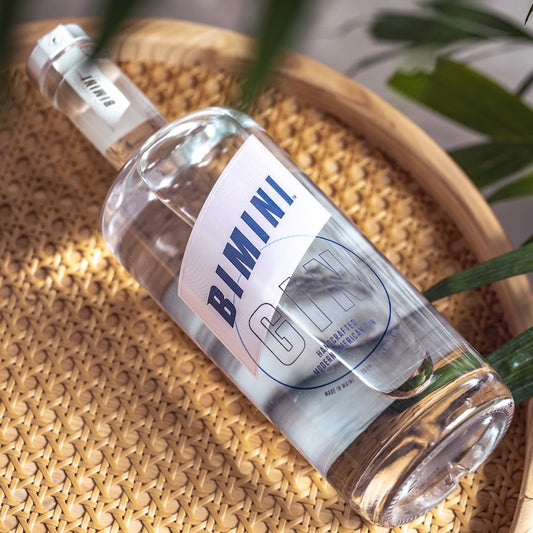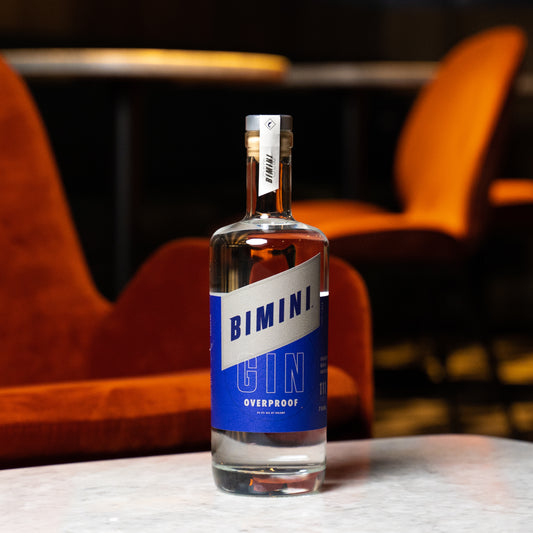by Kristina Hansen, Co-Founder and General Manager of Bimini Gin
… his head was in the shade cast by the platform at the forward end of the flying bridge where the controls were and when Eddy came aft with the tall cold drink made of gin, lime juice, green coconut water, and chipped ice with just enough Angostura bitters to give it a rusty, rose color, he held the drink in the shadow so the ice would not melt while he looked out over the sea.
These are the lines from Ernest Hemingway’s novel Islands in the Stream that inspired the creation of Bimini Gin. From the very start, coconut has been a part of our story. The first drink with Bimini Gin to ever appear on a cocktail menu used coconut liqueur as a modifier, an unexpected pairing with gin. Over the years, more coconut drinks with Bimini Gin kept popping up at bars around the country. It seemed clear that our origin story had manifested itself in an unquestionable affinity between the flavors of Bimini Gin and coconut.
What is the flavor of coconut? Most of us think of it as the taste of a coconut-flavored candy, a coconut-flavored ice cream, or a coconut-flavored rum. Since taste is so closely related to smell, we also can’t help but think of certain suntan lotions. However, when you cut open a fresh coconut straight from the palm tree, there’s no question that the beautifully delicate aroma and flavor are something quite different.
There are no coconut palms on the coast of Maine where Bimini Gin is made. When we decided to yield to fate and unite the flavors of Bimini and coconut in a bottle, we were faced with the question of how to capture the authentic aroma and flavor of real coconut and marry it with the botanical flavors of our gin. Do we macerate coconut with the other botanicals before distillation? Or, do we infuse coconut into the gin after it’s distilled? Dried coconut or fresh coconut? Should we use a coconut flavor extract?
After endless experimentation with all forms of coconut, it seemed clear that, as with cooking, fat is flavor. We found that the most concentrated, fresh, and authentic coconut aroma and flavor is found in extra virgin pressed coconut oil. All the natural flavor extracts we tried used other compounds, such as vanillin, to enhance the "top note” which steered the experience back towards candy bars and suntan lotion. Dried coconut has some flavor, but it’s just coming from the residual oil content. So, next question: how do you get the flavor of a fat into a spirit?
Fortunately, this question had already been answered by the bartenders at New York’s PDT in 2007. In an effort to introduce the flavor of bacon into an Old Fashioned, they used a process called “fat-washing” to create Don Lee's now famous Benton’s Old Fashioned. This process takes advantage of a fat's change from liquid to solid at different temperatures to introduce it and then remove it from a spirit.
Coconut oil is particularly well-suited to the process of fat-washing because it changes from liquid to solid at 76 degrees Fahrenheit, so significant heating and chilling are not required. To “coconut-wash” Bimini Gin, we add liquid oil (>76 degrees F) to Bimini Overproof Gin, which is 111 proof. Oil and water don’t mix, so in order to absorb more coconut flavor we want to start with a higher alcohol-to-water ratio. To make sure as many coconut compounds bond to the ethyl alcohol molecules as possible, we give the mixture a week or so to hang out, maintaining the higher temperature. Once we’ve achieved full saturation, we chill the mixture below 76 degrees until the coconut oil becomes fully solid. Since the gin is 111 proof, the solid coconut oil is heavier than the alcohol and sinks to the bottom of the tank, allowing us to “rack” the liquid off the top of solids. Once the liquid and solids have been fully separated, we dilute the now coconut-flavored 111 proof gin down to our 94 proof bottling strength. At the lower proof, the gin becomes cloudy due to the saturation of oils, so we pass it through a filter to clarify.
The result is still unquestionably Bimini Gin, but with a new voice added in careful harmony with the chorus of original flavors. The coconut is delicate and authentic, slipping in and out of notice but nevertheless transforming familiar cocktails into unexpected delights. A Bimini Coconut Negroni is transcendent, a Bimini Coconut Gimlet sublime. Even a Bimini Coconut Dry Martini, perhaps with a dash of sherry, makes you wonder if maybe coconut should have always been an ingredient in gin recipes.



